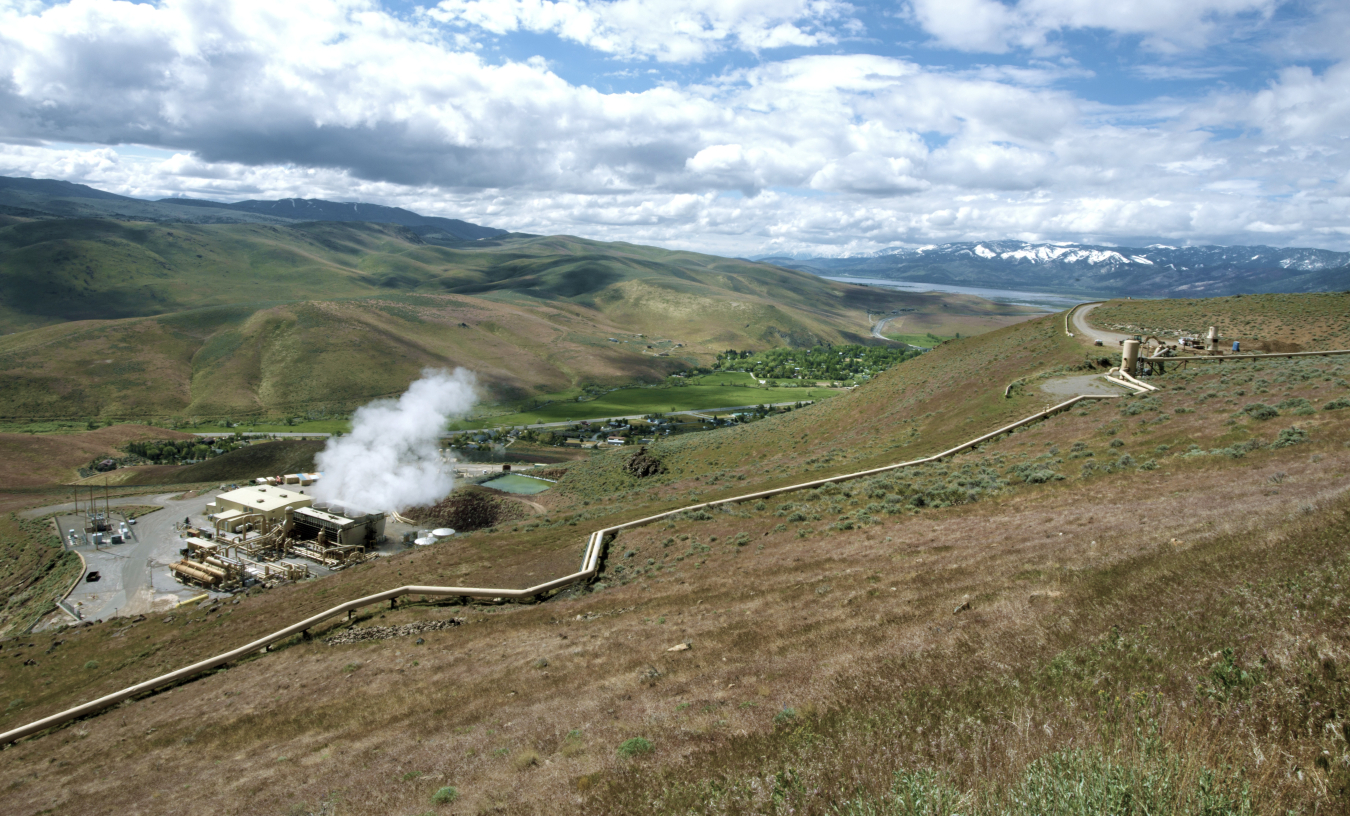Funding will support field data collection that can expand geothermal deployment and help state, regional, and Tribal stakeholders find and access geothermal energy.
Geothermal Technologies Office
September 12, 2024Although geothermal resources in the United States are vast, only a small portion has been developed due to unique challenges associated with subsurface environments, including the ability to locate, characterize, and access geothermal systems. These challenges can be particularly significant for Tribal nations and state or regional stakeholders looking to develop geothermal. Facilitating opportunities for these entities to find and access geothermal energy can help expand firm, flexible power and create jobs and economic opportunities for communities and Tribal nations.
The U.S. Department of Energy’s (DOE) Geothermal Technologies Office (GTO) has announced funding to facilitate discovery and development of new U.S. geothermal resources through field data collection, including geophysics and exploratory drilling.
This funding will convene regional data collection partnerships as a resource for stakeholders to develop geothermal energy within a specific state, group of states, or region. The intent is to support resource assessment, exploration, and development data for multiple geothermal projects across a given project area. The initiative also aims to enhance engagement with Tribal authorities and develop a pipeline of energy projects that are well positioned to compete for support from programs focused on Tribal energy development. Applicants will be encouraged to expand and strengthen technical expertise in certain regions and among geothermal stakeholders more broadly by engaging with education and training programs at regional universities, trade schools, and/or within labor organizations’ training programs.
DOE anticipates supporting partnerships to execute the following categories of activities:
Regional Data Acquisition and Analysis: New acquisition and publication of seismic, electromagnetic, and other geophysical, geological or geochemical data.
- Large-scale campaigns mapping heat flow, subsurface structure, stress, and strain over broad, preferably contiguous areas are of primary interest. Scientific drilling and coring programs are also of interest in regions lacking deep wells or where surface-acquired data are insufficient for resource assessment.
- Activity also includes support for interpretation, processing, and analyzing new and pre-existing data, and creating or updating regional resource assessments, maps and playbooks to facilitate efficient development of these resources.
Resource Characterization: Support for more localized project development activities.
- The intent of this activity is to stimulate and de-risk geothermal project development in a proposed area by supporting site feasibility studies, pre-drilling exploration activities, development of conceptual models, and exploratory drilling.
- Tribal and other Indigenous participation is of primary interest for this activity.
Data Dissemination: Efforts aimed at increasing availability, utilization, and discoverability of new and existing high-value datasets.
- This activity may include rescuing and preserving legacy datasets, especially for addition to the public domain, as well as negotiation with firms holding significant non-public datasets to avoid duplication and maximize contributions to the public body of subsurface data. Cartographic services and database development or web portals may also be required.
Partner organizations for this planned opportunity could include:
- State Geological Surveys or natural resource agencies
- Geothermal developers (includes both established players and newer startups)
- State Energy Offices
- Energy utilities
- Local governments
- Mining, oil and gas, or other firms involved in subsurface exploration (e.g., drilling or geophysical surveying)
- Landowners (both public and private) and permitting authorities
- Tribes, Native Corporations, and other organizations representing Indigenous peoples
- Large energy users
- Institutions of higher learning
- Community and ratepayer groups
- Military Installations
- New or existing consortia of the above
Additional Information
- Visit the PIA website to stay updated through the ConnectWerx Network and/or the PIA Teaming List.
- Learn more about GTO’s hydrothermal research.
- Sign up for GTO email notifications and subscribe to our monthly Drill Down newsletter to stay current with the latest GTO news and funding opportunities.
This page describes intended funding that is subject to change. DOE may issue funding as described herein, that is significantly different than described herein, or not at all.


